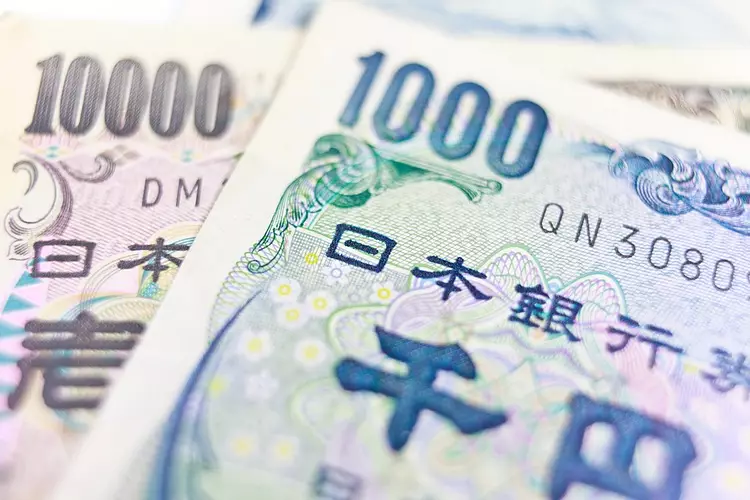The Japanese Yen (JPY) has exhibited a complex interplay of strength and weakness against the US Dollar (USD) in recent weeks. Recently, the Yen reached a two-week high during the Asian trading session, encouraged by the Bank of Japan’s (BoJ) minutes which hinted at a possible continuation of interest rate hikes. However, the currency’s incremental gains are overshadowed by significant uncertainties regarding Japan’s economic and political landscape, leaving traders cautious and the Yen vulnerable.
The aftermath of BoJ’s recent policy statements has revealed a precarious balancing act for the bank. While it has signaled a willingness to further tighten monetary policy, persistent economic uncertainties—especially external risks stemming from the United States—have created skepticism among investors. This doubt is compounded by a generally positive risk sentiment in the global market, which usually drains safe-haven investments like the Yen. It appears that while policymakers may have presented a hawkish tone, realities on the ground limit their capacity to bring about substantial change.
The political climate in the United States plays a pivotal role in the fluctuating value of the Yen against the Dollar. Following initial exit polling that favored former President Donald Trump in key states, the USD observed a rally, consequently pushing the USD/JPY pair sharply higher by around 150 pips. This strong reaction underscores the market’s sensitivity to political developments, highlighting how intertwined financial markets are with political narratives.
In addition, the prospect of Trump’s return raises concerns about potential inflationary policies, including tariffs that could exacerbate the United States’ fiscal deficit. Such developments increase the yield on government bonds, with the 10-year Treasury bond reaching its highest yield since July. This ascent in yields typically lends strength to the USD, thus creating downward pressure on the JPY as investors flock to higher returns offered by US assets.
From a technical standpoint, the USD/JPY currency pair needs to maintain strength beyond the psychological barrier of 153.00 for a bullish run to gain momentum. Reaching higher resistance levels between 153.35 and 153.90 appears plausible if buying momentum continues. Daily oscillators remain in favorable territory, suggesting that without significant adverse news, further upside could prevail in the near term.
Conversely, if the pair does not uphold its current price levels, the previously mentioned support areas become critical for traders. A breach below 152.30 could open the floodgates for a potential drop to 151.00, with a further plummet towards the critical 100-day Simple Moving Average (SMA) support level at approximately 150.25. Such movements would not only shift sentiment towards bearish traders but may also raise alarms regarding Japan’s economic trajectory.
Evaluating the Japanese Yen requires an understanding of the BoJ’s ultra-loose monetary policy that persisted from 2013 to 2024. This policy resulted in notable downward pressure on the Yen relative to its peers due to a pronounced discrepancy between the monetary policies of the BoJ and other central banks, like the Federal Reserve. The gradual unwinding of this policy is a double-edged sword; while it offers relief and slight support to the Yen, it also presents risks linked with interest rate normalization.
Moreover, the Yen is perceived as a safe haven, adding another layer to its valuation dynamics. In times of geopolitical tension or financial market stress, the JPY usually strengthens as investors seek stability. This characteristic has made it essential to monitor global events closely, as any hint of crisis could potentially bolster the Yen even against the backdrop of domestic hurdles.
The outlook for the Japanese Yen remains heavily influenced by a cocktail of political uncertainty, economic challenges, and shifting global sentiment. Investors must remain cautious, considering both domestic factors such as BoJ’s policy landscape and international events, especially in the US political arena. As traders navigate these turbulent waters, the balance of risks and the need for strategic positioning will be key to capitalizing on the Yen’s volatility in forthcoming sessions. The interplay of these factors will likely continue to define the trajectory of the JPY against the USD in the near future.


Leave a Reply